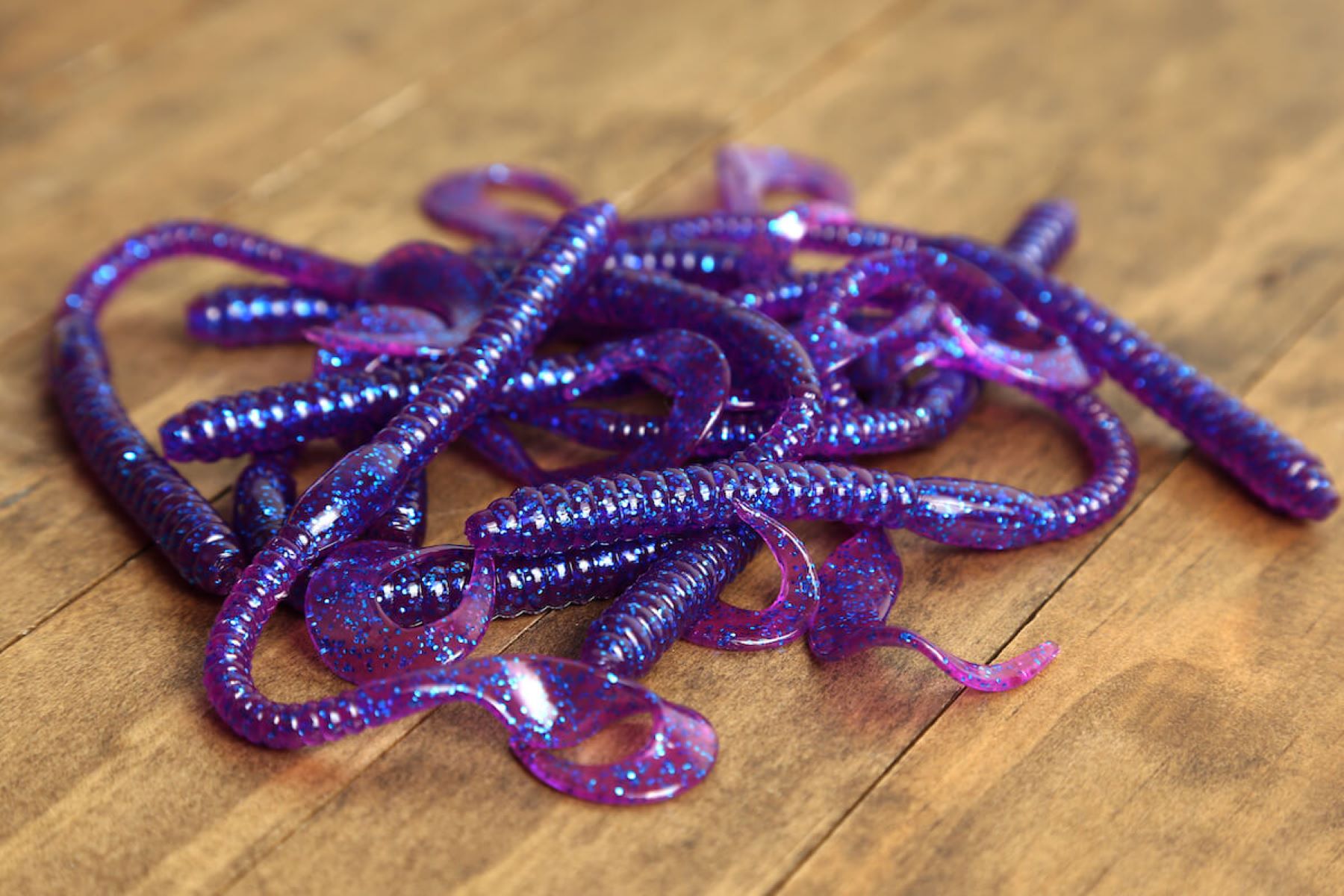

Articles
How To Store Soft Plastic Baits
Modified: August 20, 2024
Discover the best ways to store and preserve soft plastic baits with our informative articles. Find expert tips and tricks to keep your fishing gear in top condition.
(Many of the links in this article redirect to a specific reviewed product. Your purchase of these products through affiliate links helps to generate commission for Storables.com, at no extra cost. Learn more)
Introduction
Soft plastic baits have become increasingly popular among anglers due to their versatility and effectiveness in attracting a wide range of fish species. Whether you’re targeting bass, trout, or even saltwater fish, having a collection of well-preserved soft plastic baits can greatly improve your chances of success on the water. However, many anglers overlook the importance of proper storage for these baits, which can result in shortened lifespans, decreased effectiveness, and wasted money.
In this article, we will explore the significance of storing soft plastic baits correctly and offer practical tips on how to keep them in the best condition. From choosing the right storage containers to organizing baits by type, we’ll cover all the essential aspects to help you maintain the quality and longevity of your soft plastic baits.
Key Takeaways:
- Proper storage of soft plastic baits is essential for maintaining their effectiveness, preserving their lifespan, and saving money in the long run. Follow the tips to ensure your baits remain in top condition for successful fishing trips.
- Organizing soft plastic baits by type, choosing the right storage container, and handling with care are key to maintaining their attractiveness and effectiveness. Avoid common mistakes to ensure your baits are always ready for action on the water.
Read more: How To Store A Jeep Soft Top
Why Proper Storage is Important
Proper storage is crucial for maintaining the quality of soft plastic baits over time. Here are a few reasons why investing time and effort into proper storage practices is essential:
- Prolongs Lifespan: Soft plastic baits are prone to deterioration when exposed to harsh elements such as sunlight, heat, and moisture. Storing them properly can significantly extend their lifespan, allowing you to get more use out of your baits.
- Preserves Attractiveness: The visual and textural appeal of soft plastic baits is what makes them so effective at enticing fish to strike. However, improper storage can lead to the baits losing their vibrant color, becoming sticky, or even melting together. By storing them correctly, you can preserve their attractiveness and ensure they maintain their enticing action in the water.
- Cost Savings: Soft plastic baits can be quite expensive, especially if you have a wide variety of types and sizes. Proper storage helps prevent premature deterioration or damage, saving you money in the long run by eliminating the need for frequent repurchases.
- Prevents Tangles and Damage: Storing soft plastic baits in an organized manner reduces the chances of tangling and damage. Tangling can lead to frustration and wasted time on the water, while damaged baits are less effective at attracting fish. By keeping your baits organized, you minimize the risk of these issues and ensure they are ready for use when you need them.
Overall, proper storage practices not only extend the lifespan of your soft plastic baits but also help maximize their effectiveness and save you money. By taking the time to store your baits correctly, you can ensure that they remain in top condition and ready to catch fish whenever you hit the water.
Choosing the Right Storage Container
When it comes to storing soft plastic baits, selecting the right container is key. Here are some factors to consider when choosing a storage container:
- Material: Opt for containers made from durable materials that are resistant to moisture and can protect the baits from external elements. Some popular options include plastic tackle boxes, waterproof bags, or silicone-lined storage containers.
- Size: Consider the size of your soft plastic baits and choose a container that can accommodate them without causing excessive bending or twisting. It’s best to select a container with adjustable dividers or multiple compartments to keep the baits organized and prevent tangling.
- Transparency: Look for containers with clear lids or sides that allow you to easily identify the baits without having to open the container. This saves time on the water and helps prevent unnecessary exposure to air and moisture.
- Sealing Mechanism: Opt for containers with a reliable sealing mechanism to keep out moisture and prevent spills. Latches or rubber gaskets can provide a tight seal and ensure the baits remain dry and secure.
- Portability: Consider the portability of the storage container. If you frequently travel to different fishing spots, choose a container that is compact, lightweight, and easy to carry.
Ultimately, the ideal storage container will depend on your personal preferences and fishing style. Some anglers prefer keeping their soft plastic baits in individual zip-top bags within a larger tackle box, while others opt for specialized tackle bags with multiple compartments. Whatever container you choose, ensure it provides adequate protection, organization, and easy access to your soft plastic baits.
Organizing Soft Plastic Baits by Type
Organizing your soft plastic baits by type not only helps you locate specific baits quickly but also prevents them from getting tangled and damaged. Here are some tips on how to effectively organize your soft plastic baits by type:
- Sort by Category: Begin by categorizing your soft plastic baits based on their type, such as worms, creature baits, swimbaits, or grubs. This allows you to have a clear understanding of the different categories and makes it easier to find the desired bait when needed.
- Use Transparent Bags or Containers: Consider storing each category of soft plastic baits in separate, transparent zip-top bags or clear plastic containers. This allows you to quickly identify the desired bait without opening multiple bags and helps protect them from moisture and damage.
- Label and Color Code: To enhance organization, consider labeling or color-coding each category of soft plastic baits. This can be done by attaching small labels or using colored markers on the bags or containers. This simple step ensures that you can easily identify and access the desired bait even in low-light or hectic fishing situations.
- Arrange by Size and Color: Within each category, further arrange the soft plastic baits by size and color. This allows for better visual presentation and ensures that you can quickly select the appropriate bait for the fishing conditions and target species.
- Utilize Tackle Trays or Tackle Boxes: If you have a large collection of soft plastic baits, investing in tackle trays or tackle boxes with adjustable dividers is a great option. These trays or boxes allow you to have separate compartments for each category of bait and provide easy access and organization while on the water.
By organizing your soft plastic baits by type, you not only save time on the water but also protect your baits from damage and deterioration. This organization system ensures that you can quickly locate and select the right bait for each fishing scenario, increasing your chances of success.
Store soft plastic baits in their original packaging or in separate compartments to prevent them from sticking together. Keep them in a cool, dry place to maintain their shape and effectiveness.
Tips for Keeping Soft Plastic Baits in the Best Condition
To ensure that your soft plastic baits remain in the best condition and retain their effectiveness, consider the following tips:
- Handle with Clean Hands: Before handling your soft plastic baits, make sure your hands are clean and free from any oils, lotions, or fish attractants. This helps prevent transferring any unwanted substances onto the baits, which can alter their scent or texture.
- Store in a Cool, Dry Place: Moisture and heat can cause soft plastic baits to become sticky, melt together, or lose their action. Store your baits in a cool, dry place, away from direct sunlight. Consider using a climate-controlled tackle storage area or a insulated cooler for optimal conditions.
- Inspect for Damage: Before storing your soft plastic baits, inspect them for any signs of damage, such as tears, rips, or bends. Damaged baits may not perform as well in the water and can affect the overall presentation. Replace any damaged baits to maintain the effectiveness of your collection.
- Avoid Mixing Different Bait Types: Different soft plastic baits can have different chemical compositions, and when stored together, they may react and deteriorate each other. To prevent this, avoid mixing different bait types in the same container or storage compartment.
- Remove Excess Water: After a fishing trip or when introducing new baits to your collection, make sure to pat dry any soft plastic baits that may have come into contact with water. Excess moisture can lead to mold growth, degradation, and an unpleasant odor.
- Use Silica Gel Packs: To help absorb any moisture that may be present in your storage containers, consider placing silica gel packs or moisture-absorbing packets inside. These packs can help maintain a dry environment and prevent the baits from getting damp.
- Rotate and Use Older Baits: Soft plastic baits, especially those with added scents or attractants, can lose their effectiveness over time. To ensure that your baits remain fresh and effective, rotate and use the older baits first, allowing you to regularly replenish your collection with newer baits.
By following these tips, you can prolong the lifespan of your soft plastic baits, maintain their effectiveness, and get the most out of your fishing experiences.
Read more: How To Store Soft Pretzels
Storing Soft Plastic Baits with Hooks
When it comes to storing soft plastic baits that are rigged with hooks, it’s important to take extra care to prevent tangles and damage. Here are some tips for storing soft plastic baits with hooks:
- Remove Excess Water: Before storing soft plastic baits with hooks, ensure that they are completely dry. Excess water can lead to rusting and deterioration of the hooks, as well as promote the growth of mold or mildew on the baits. Pat the baits and hooks dry with a towel or tissue before storage.
- Use Hook Protectors: Hook protectors are small plastic or rubber caps that can be placed over the hooks to prevent them from snagging on other baits or getting tangled. These protectors not only keep the hooks secure but also help prevent injuries to yourself or others when reaching into tackle boxes or bags.
- Separate Hooks from Baits: Consider storing soft plastic baits and their hooks separately to minimize tangles and damage. You can use small transparent bags, tackle trays with individual compartments, or specially designed hook organizers to keep the hooks organized and separate from the baits.
- Secure Hooks with Rubber Bands or Twist Ties: If you prefer to keep the hooks attached to the baits, use rubber bands or twist ties to secure the hooks in a position that minimizes contact and entanglement with other baits. This helps maintain the integrity of the baits and prevents them from getting tangled together.
- Store in a Dedicated Compartment: Dedicate a storage compartment or section in your tackle box or tackle bag specifically for storing soft plastic baits with hooks. This compartment should be separate from other baits or accessories to prevent tangling or damage.
- Inspect Before Use: Before using soft plastic baits that have been stored with hooks, thoroughly inspect the hooks for any signs of damage or corrosion. Replace any rusty or damaged hooks to ensure proper functionality and reduce the risk of losing a fish due to faulty hardware.
By following these tips, you can effectively store and protect your soft plastic baits rigged with hooks. Doing so will save you time and frustration on the water and keep your baits in optimal condition for successful fishing experiences.
Avoiding Common Mistakes in Soft Plastic Bait Storage
Proper storage of soft plastic baits is crucial for maintaining their effectiveness and longevity. To avoid common mistakes that can lead to damage or deterioration of your baits, keep the following tips in mind:
- Exposure to Extreme Temperatures: Avoid storing your soft plastic baits in areas that are subjected to extreme temperatures, such as direct sunlight, hot car interiors, or freezing temperatures. Extreme heat can cause baits to melt or deform, while freezing temperatures can make them brittle and less effective in the water.
- Ignoring Moisture: Soft plastic baits are susceptible to moisture, which can lead to mold growth, degradation, and a foul smell. Always make sure your baits are completely dry before storing them and consider using moisture-absorbing packs in your storage containers to prevent excessive humidity.
- Overcrowded Storage Containers: It can be tempting to cram as many baits as possible into a storage container to save space, but overcrowding can cause baits to become tangled, deformed, or difficult to access. Leave enough space for baits to lay flat or upright without excessive bending or pressing against one another.
- Improper Organization: Failing to organize your soft plastic baits by type, size, and color can make it challenging to locate specific baits when needed. Take the time to categorize and label your baits, and consider using transparent bags or containers to easily identify the contents without opening them.
- Not Inspecting for Damage: Before storing your soft plastic baits, inspect them for any signs of damage such as tears, rips, or bent tails. Damaged baits may not perform as intended and can affect your fishing success. Remove and replace any damaged baits to maintain the overall quality of your collection.
- Poor Handling: Handling soft plastic baits with dirty or oily hands can leave residue on the baits, compromising their scent and texture. Always make sure to wash your hands thoroughly or use gloves before handling your baits to prevent contamination.
- Forgetting to Rotate Older Baits: Soft plastic baits, especially those with added scents or attractants, can lose their effectiveness over time. To ensure you’re using the freshest and most effective baits, rotate and use your older baits first, making room for new additions to your collection.
By avoiding these common mistakes, you can preserve the quality and effectiveness of your soft plastic baits, ensuring a successful fishing experience every time you hit the water.
Conclusion
Proper storage of soft plastic baits is a crucial aspect of maintaining their effectiveness and prolonging their lifespan. By following the tips and advice outlined in this article, you can ensure that your soft plastic baits remain in the best condition for successful fishing trips.
Choosing the right storage container, organizing baits by type, and keeping them in a cool, dry place are essential steps to prevent deterioration and damage. Handle your baits with clean hands, inspect them for any signs of damage, and remove excess moisture before storing. Additionally, store your soft plastic baits with hooks separately to avoid tangling, and consider using hook protectors or securing hooks with rubber bands or twist ties.
Avoid common mistakes such as exposing baits to extreme temperatures, overcrowding storage containers, and failing to rotate older baits. Take the time to properly organize and label your baits, and regularly inspect and replace any damaged or ineffective baits.
By following these guidelines, you can maintain the attractiveness, action, and overall effectiveness of your soft plastic baits, ensuring that they are always ready for action when you’re out on the water. Proper storage not only extends the lifespan of your baits but also saves you money in the long run by avoiding frequent replacements.
Remember, soft plastic baits are an investment, and taking care of them will greatly enhance your fishing experience and increase your chances of hooking that trophy fish. So, incorporate these storage practices into your fishing routine and enjoy the benefits of using well-preserved soft plastic baits!
Frequently Asked Questions about How To Store Soft Plastic Baits
Was this page helpful?
At Storables.com, we guarantee accurate and reliable information. Our content, validated by Expert Board Contributors, is crafted following stringent Editorial Policies. We're committed to providing you with well-researched, expert-backed insights for all your informational needs.
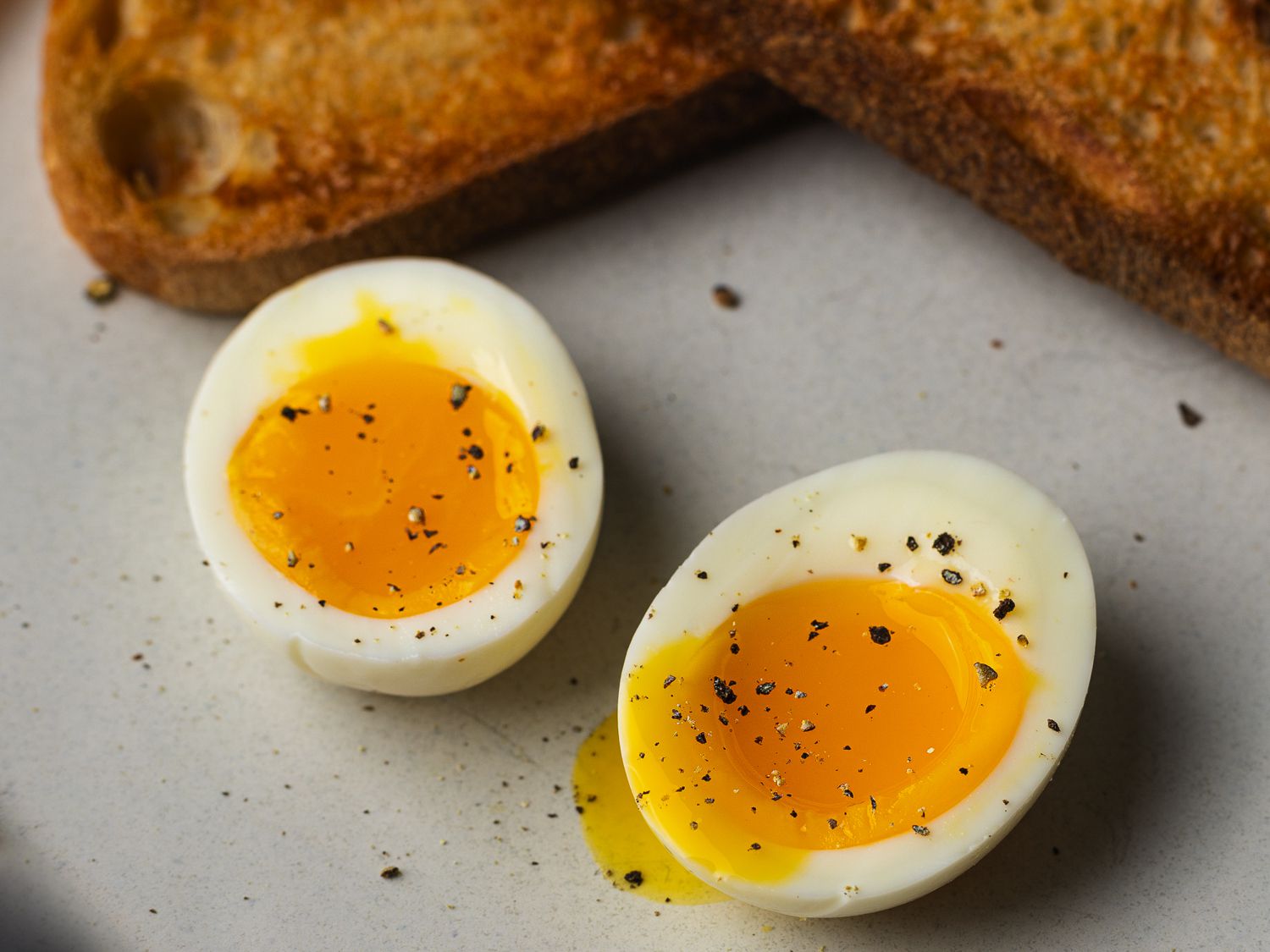
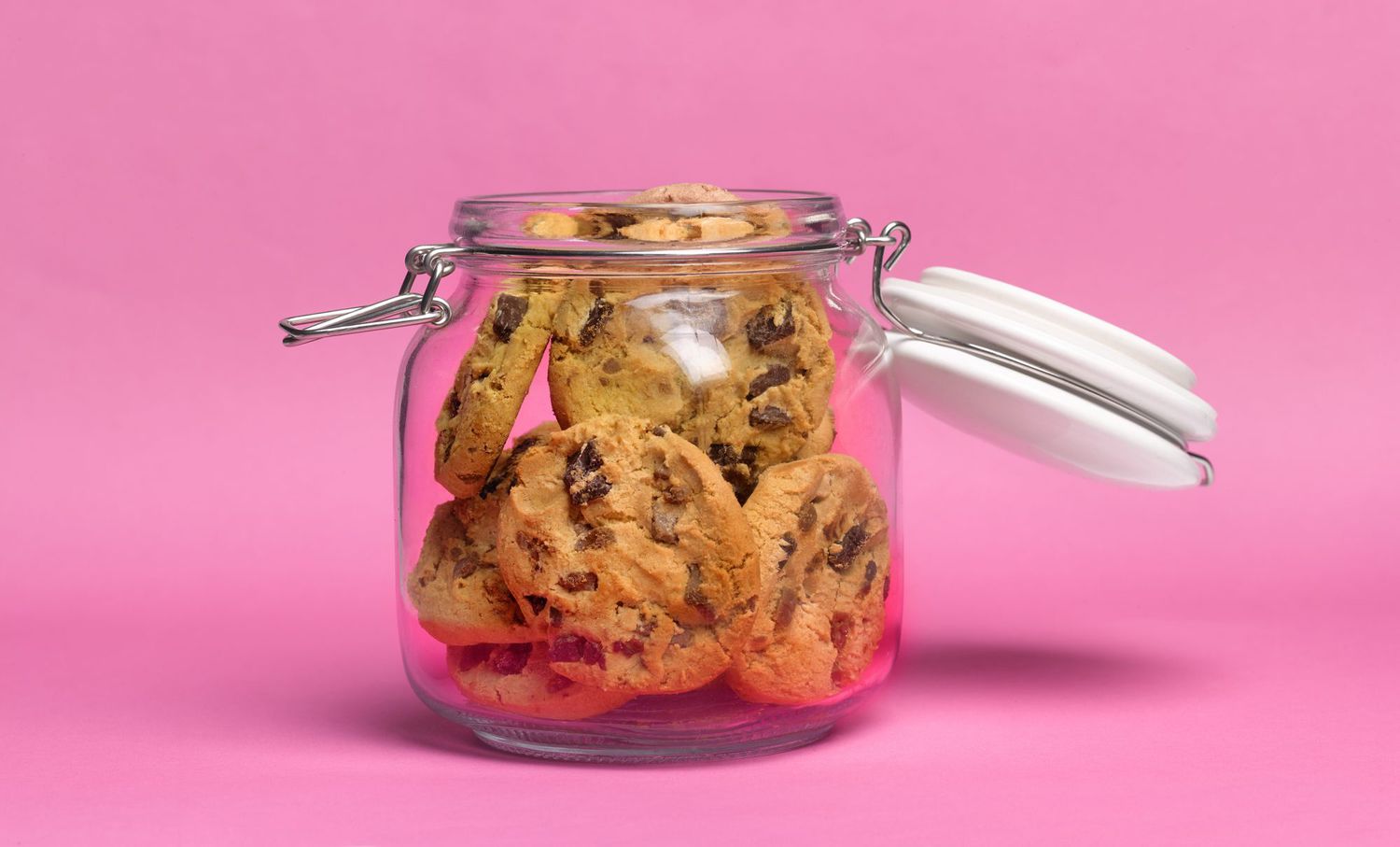
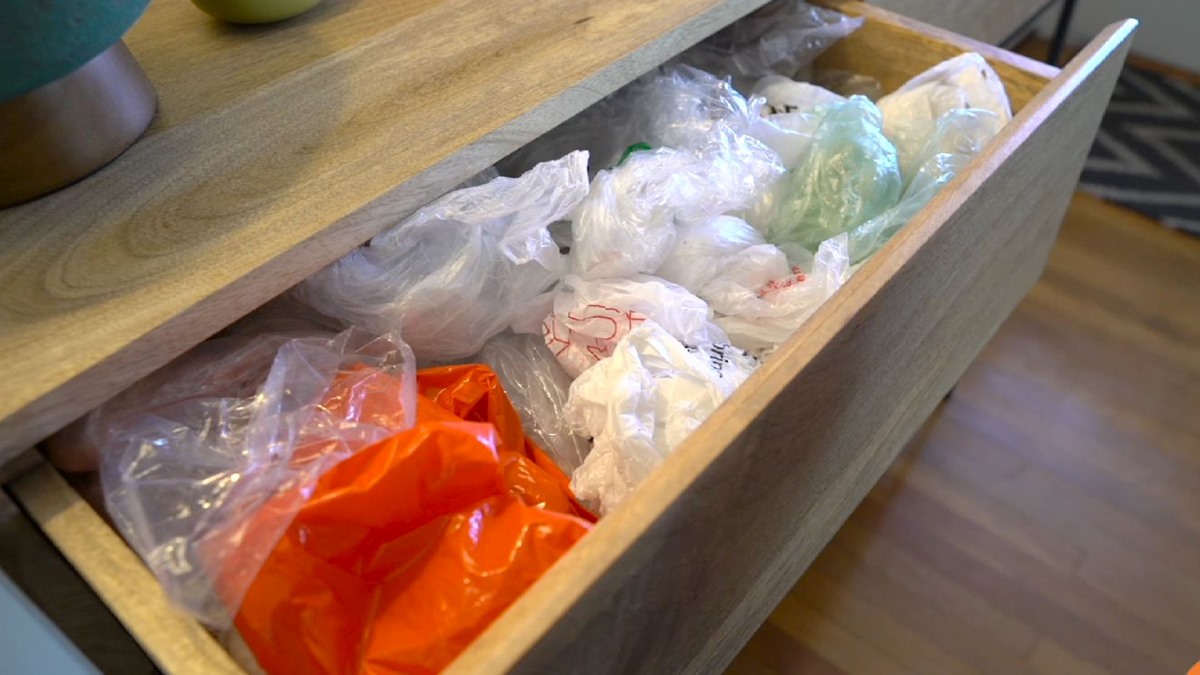
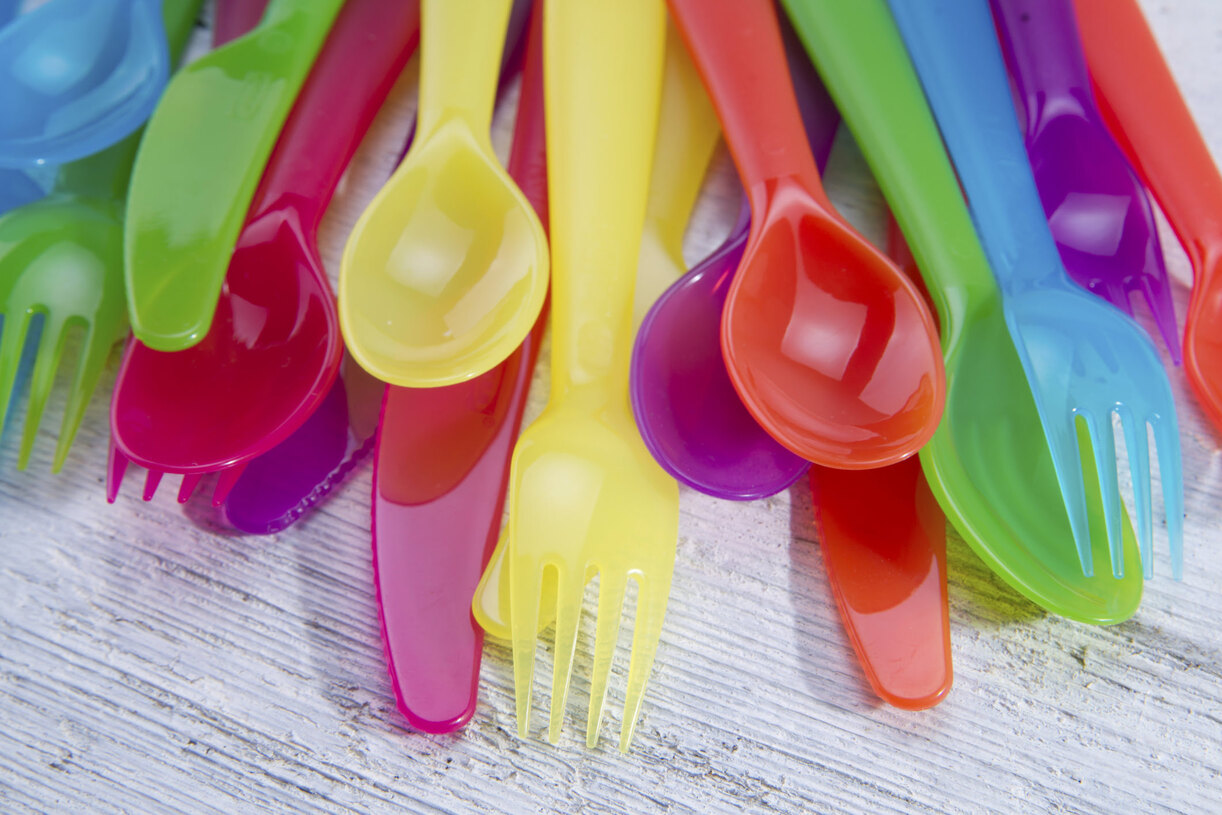
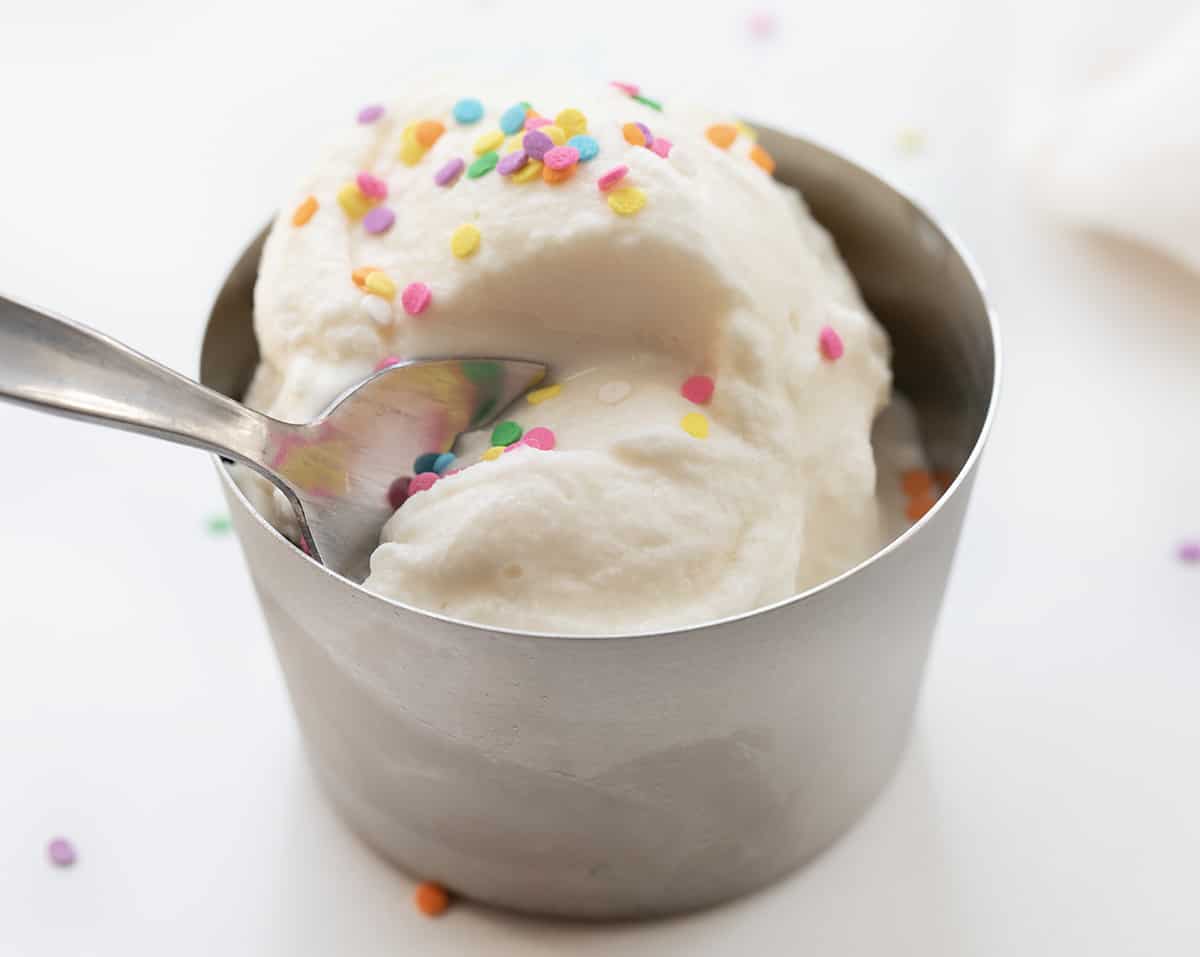
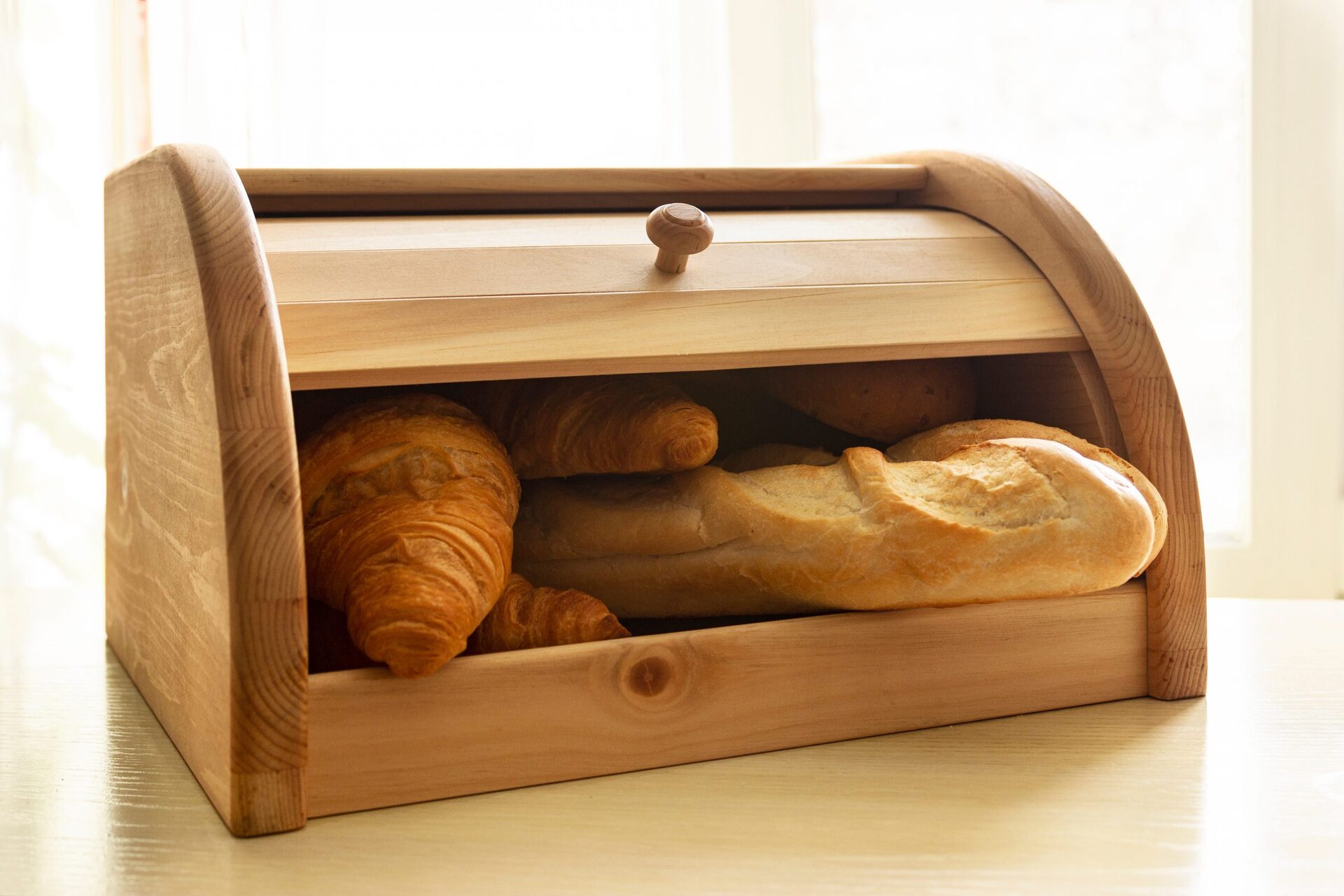
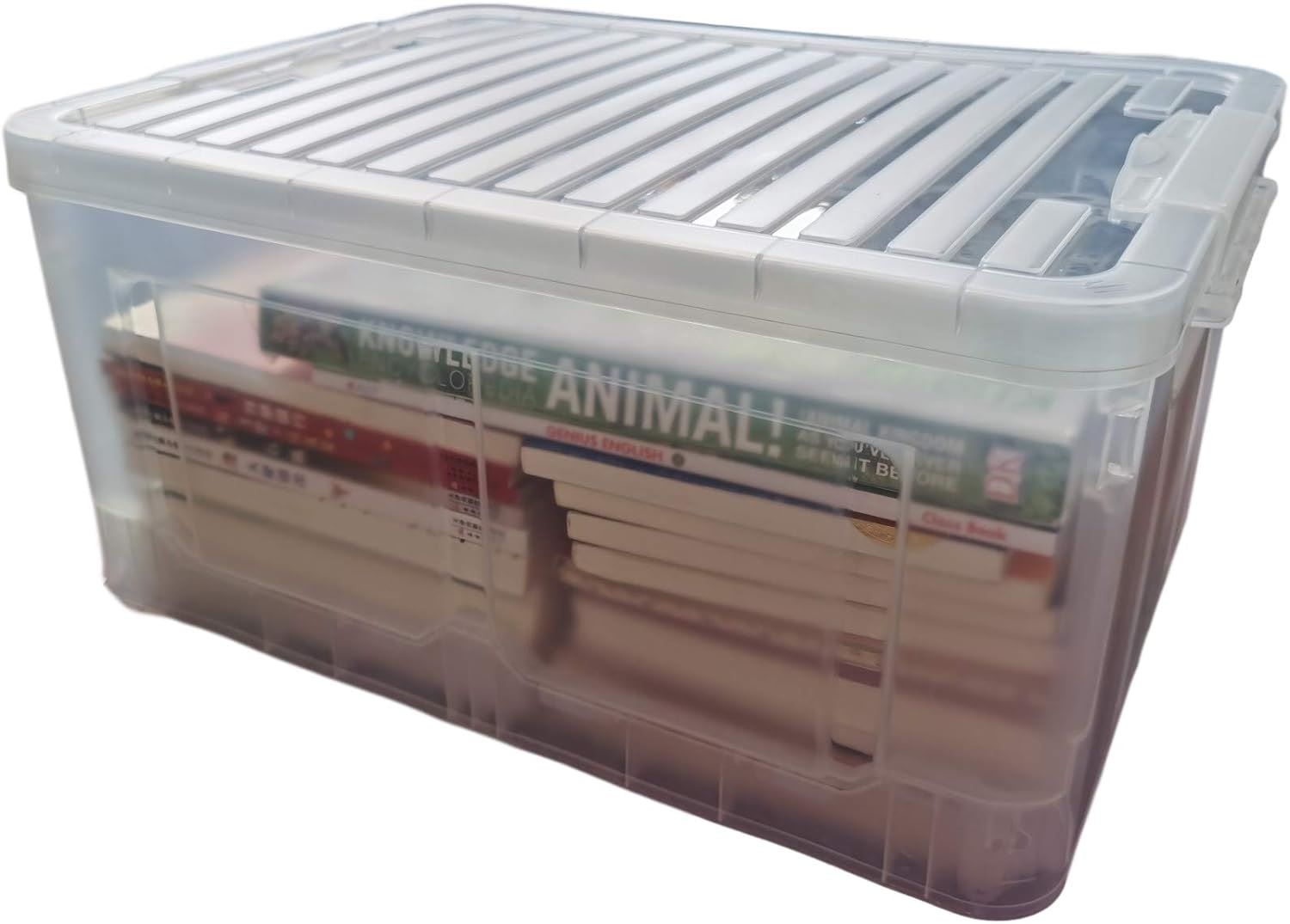

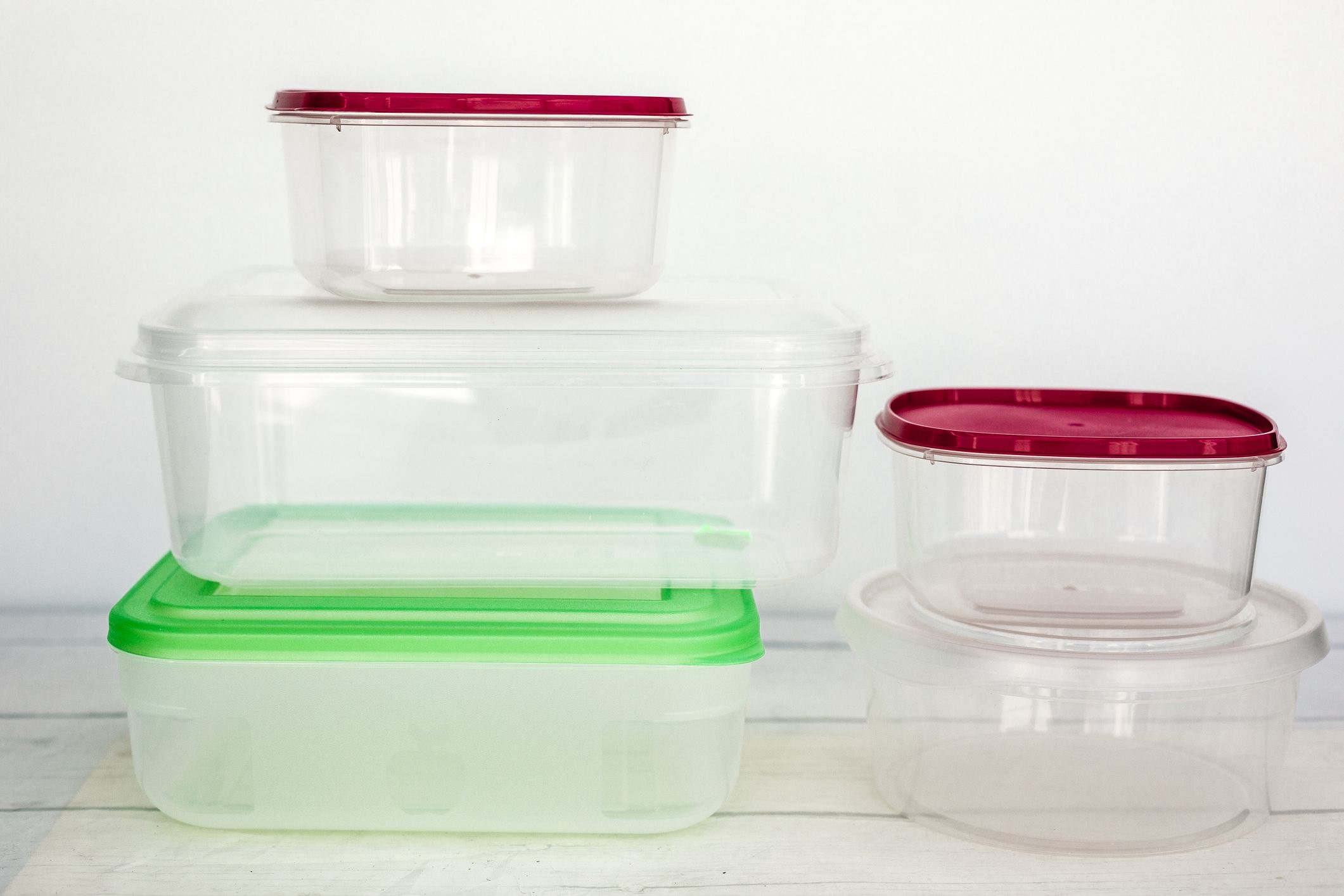
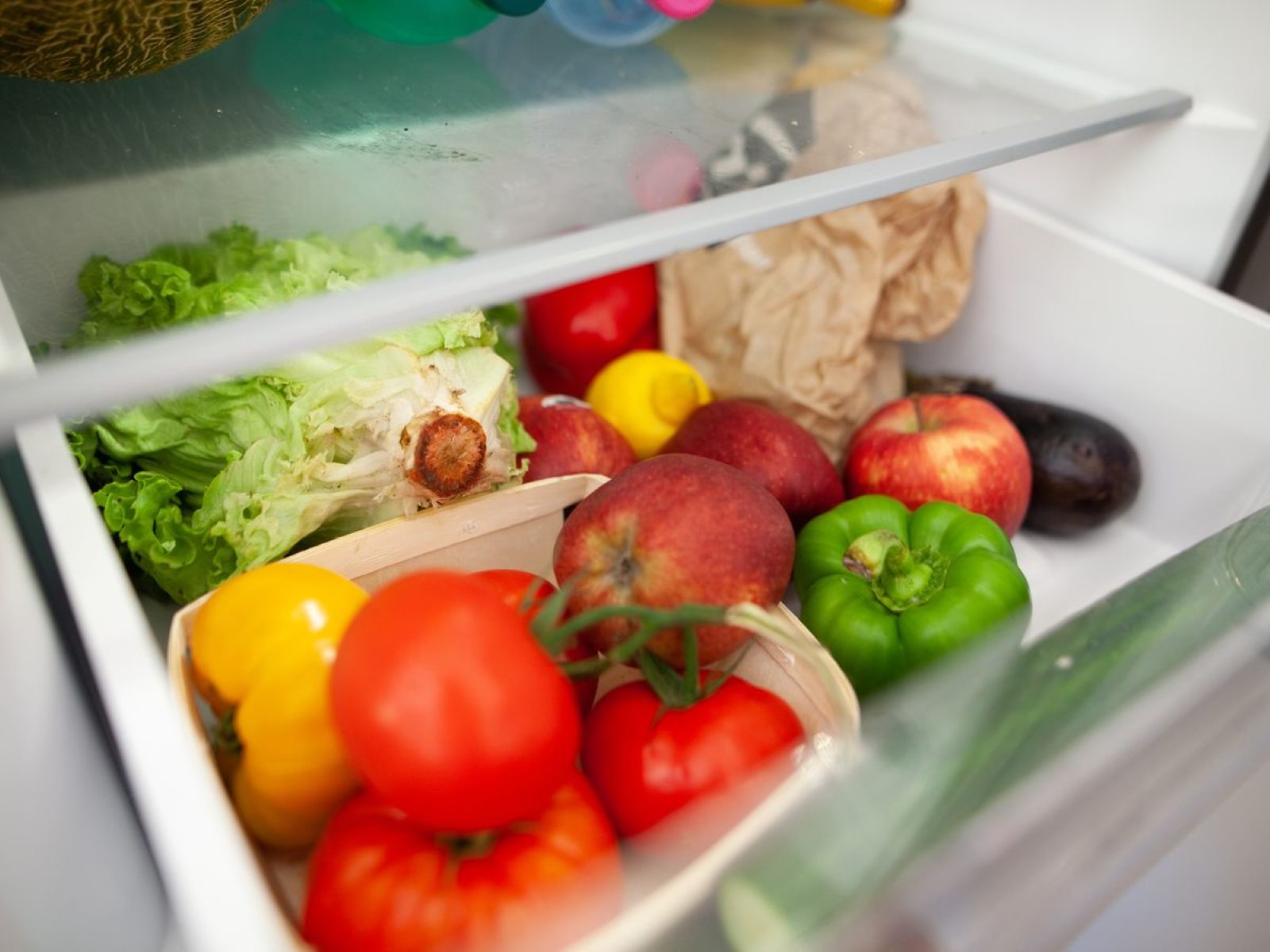
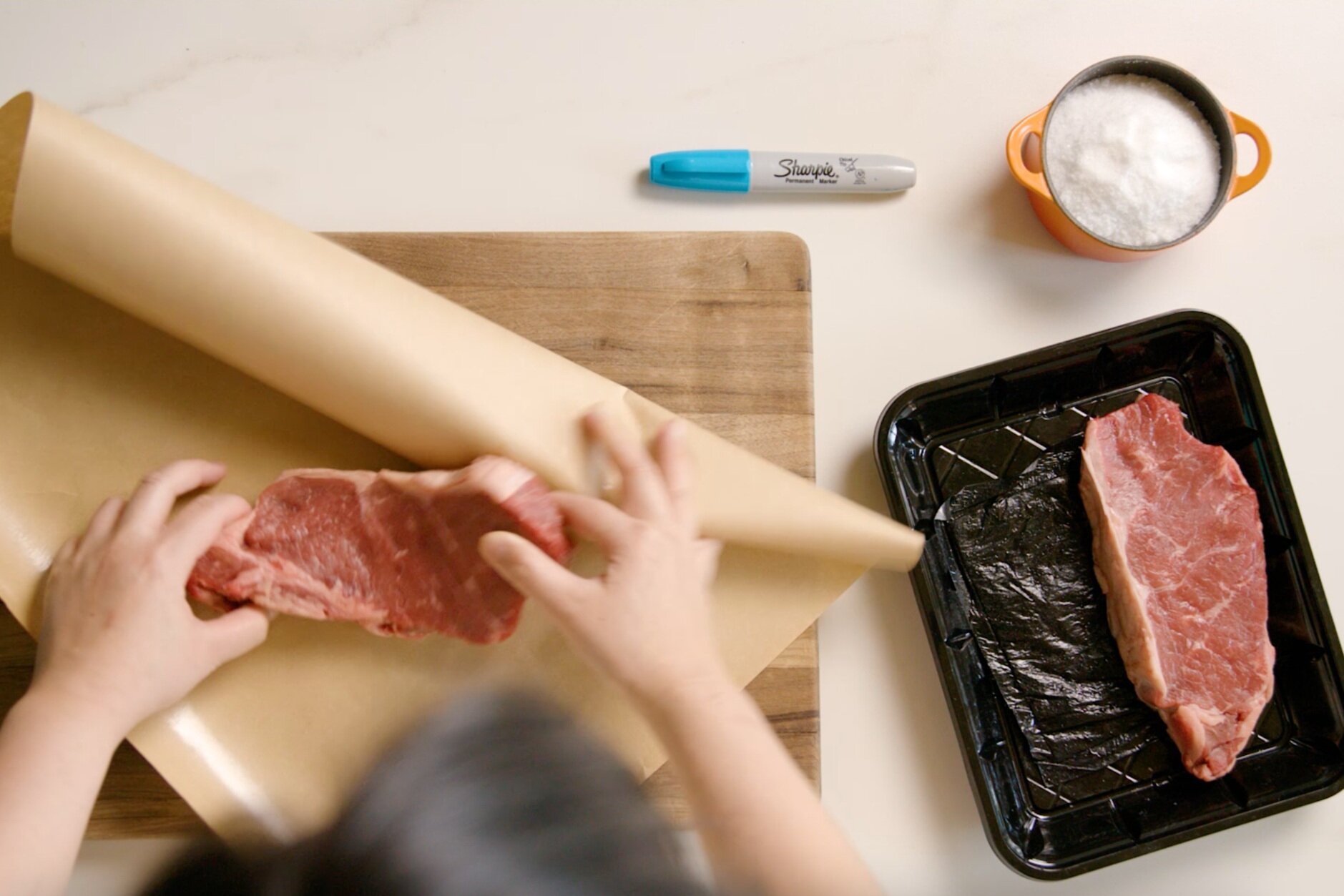
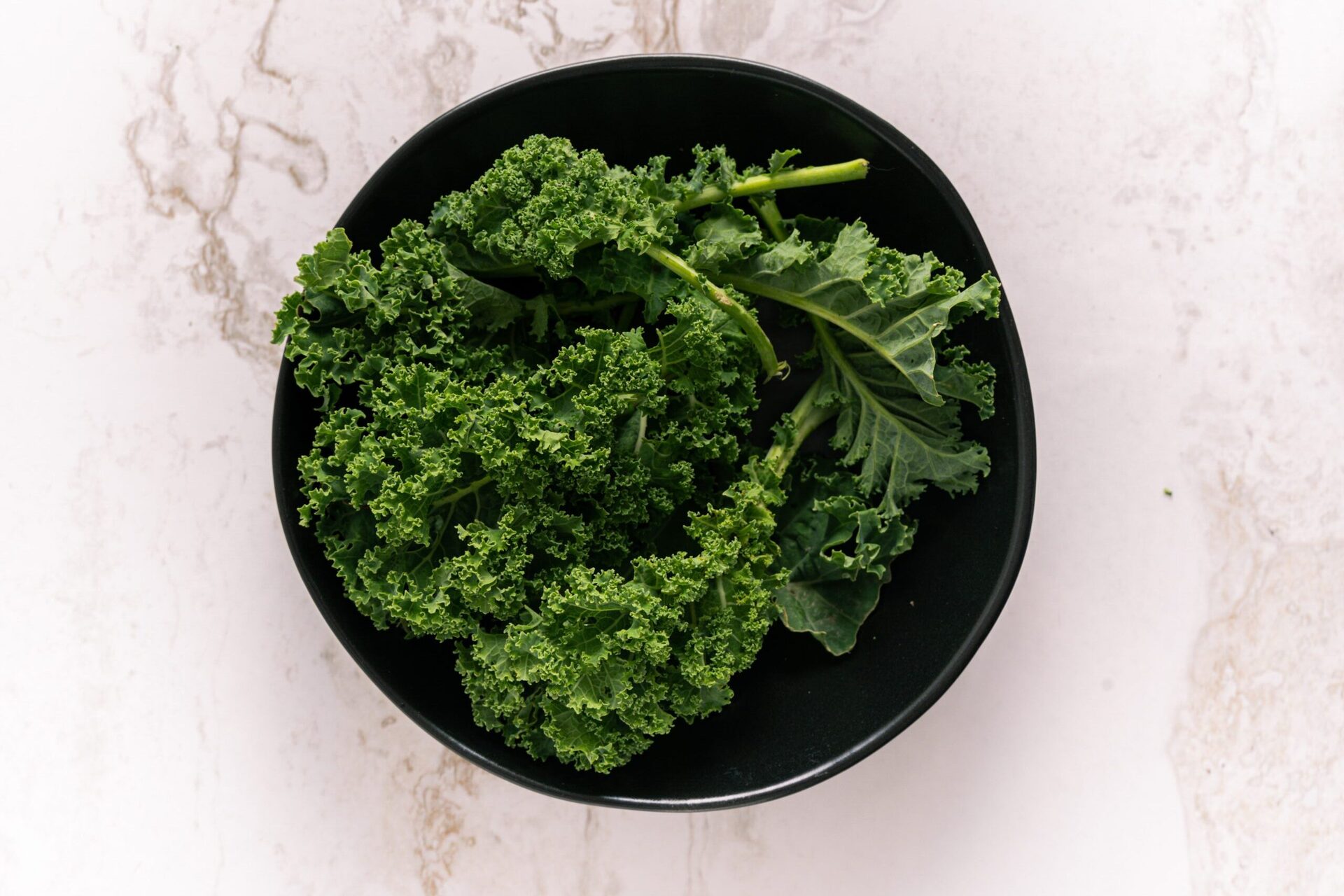
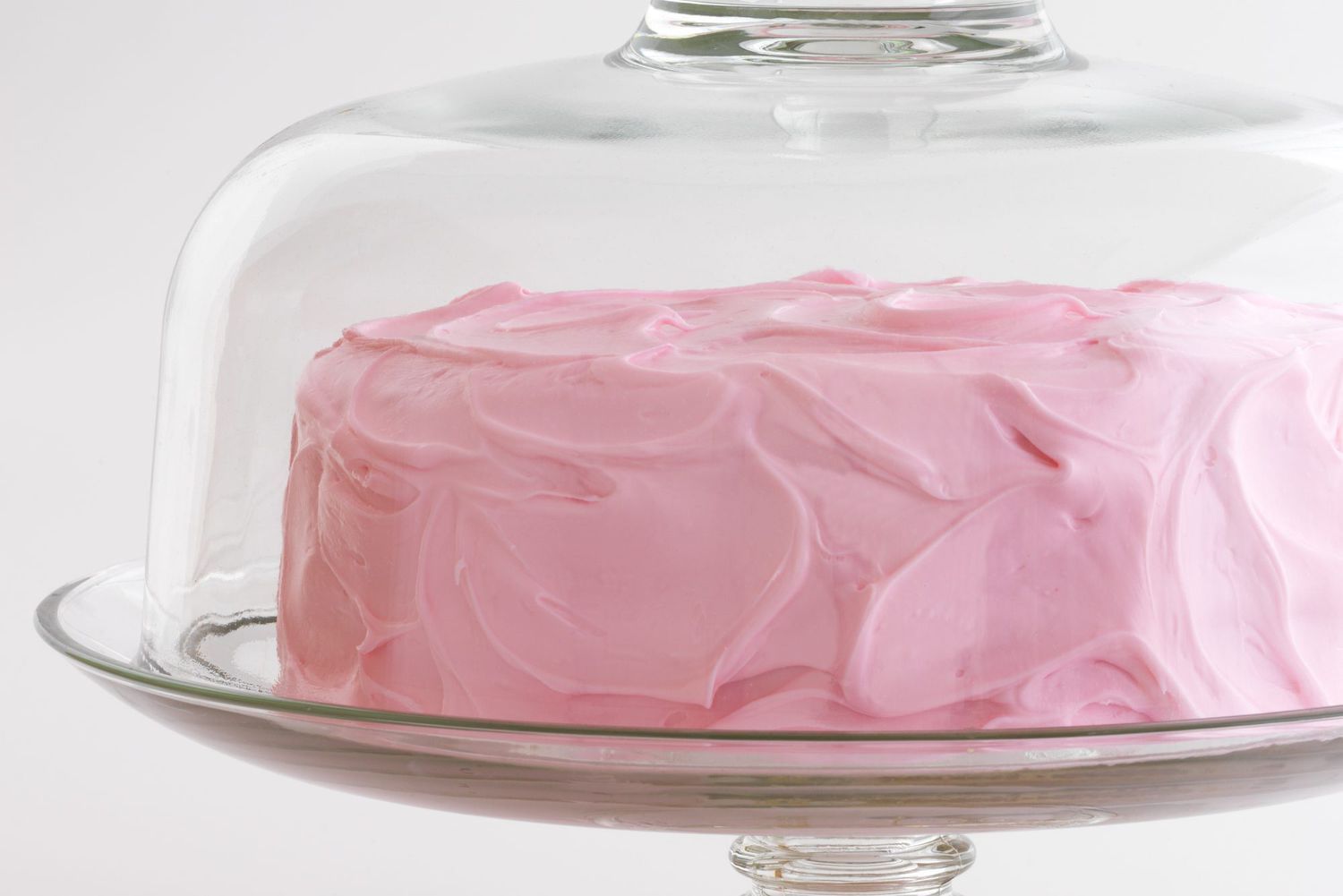
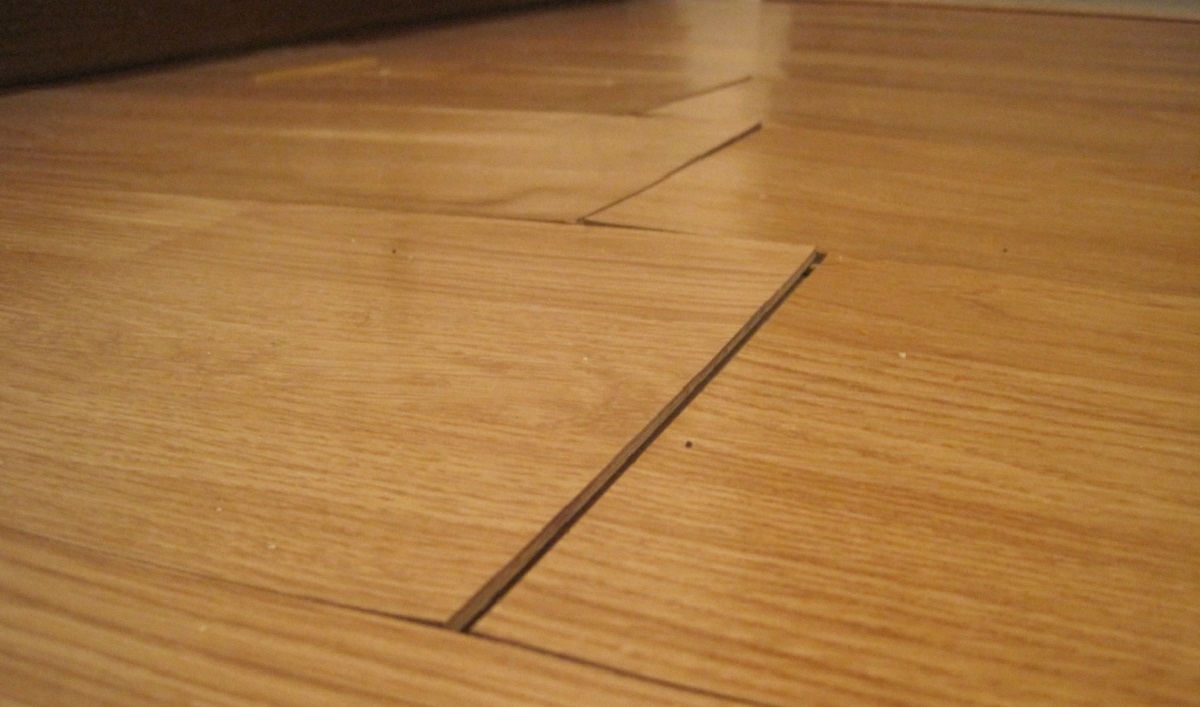

0 thoughts on “How To Store Soft Plastic Baits”